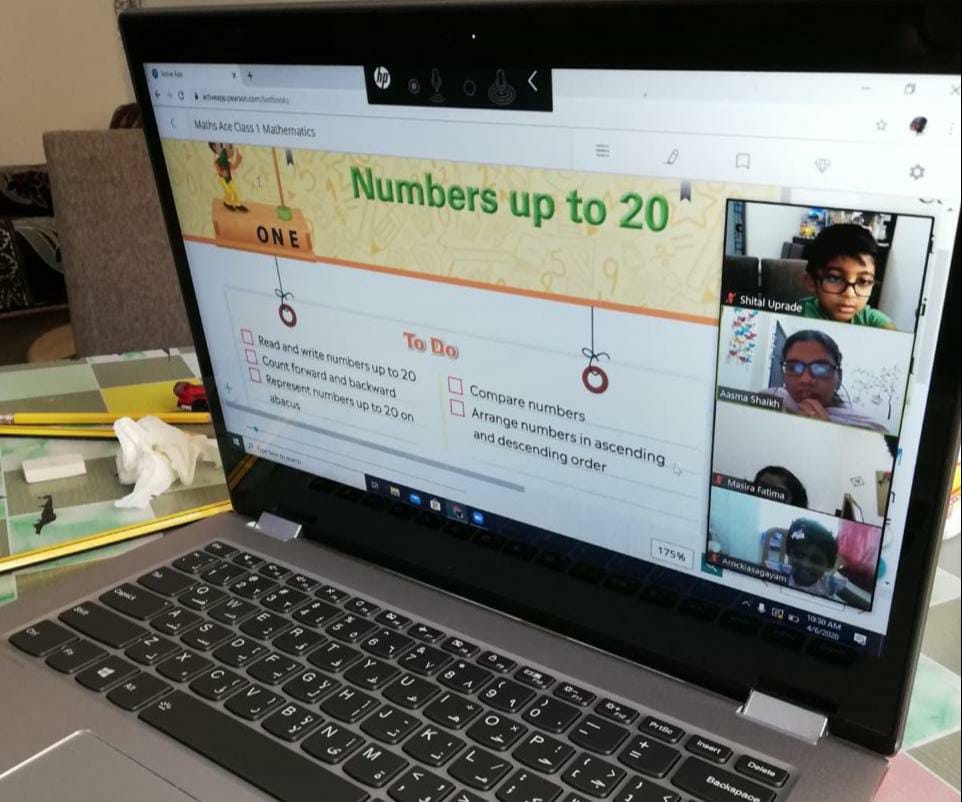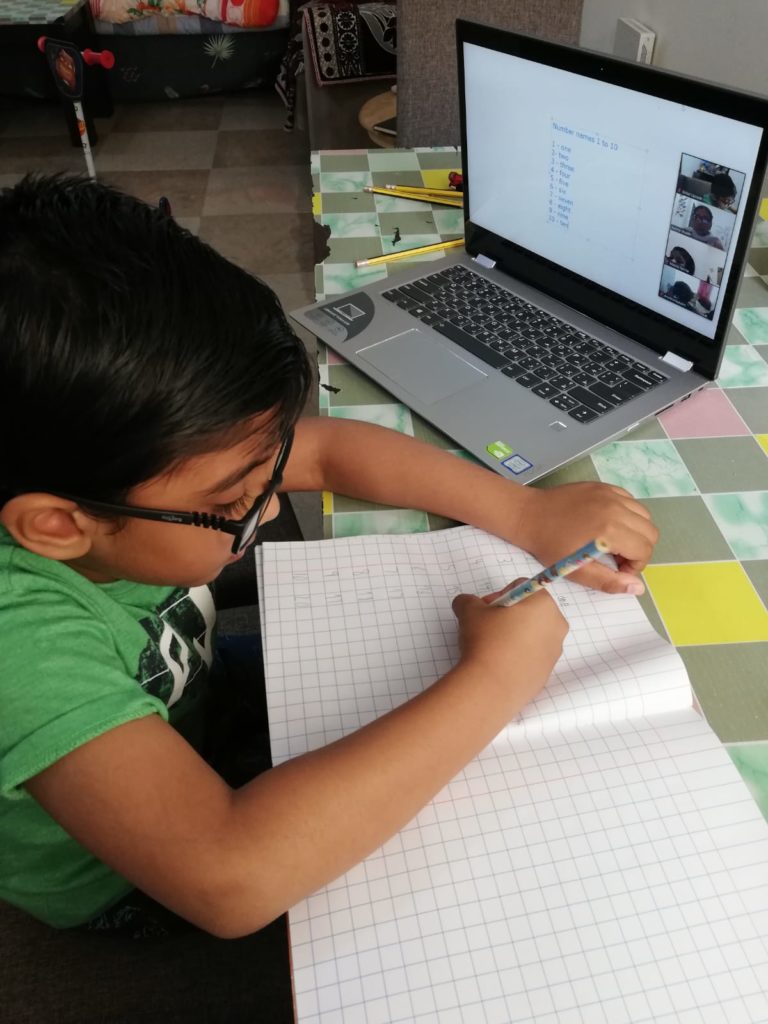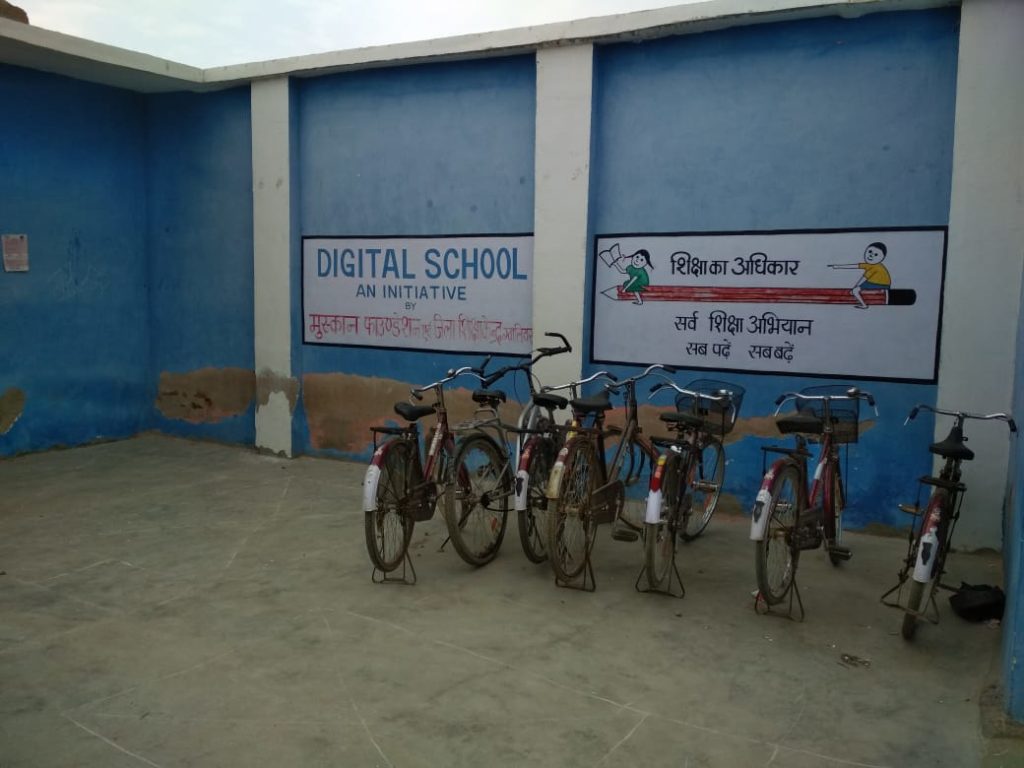By Jyoti Gupta

A year in the corporate was not a waste! Online meetings and online workshops, creating google calendar, sharing screen, and above all the concept of work from home, were no more alien when I eventually decided to get back to an important leadership role in a school domain. Interestingly, I was destined in getting not only ready to enter this new age teaching platform but also by then had grasped a better understanding of a different world, and a different work culture. So, here I am sharing my perspective as a teacher, mother, thinker, and of course a Facebook addict!
How much I hate my son’s Xbox, is a topic very near to my heart, and the pain grows when I see the same sentiments that he undergoes while playing with that console wireless remote that I, as a child, underwent while watching ‘India-Pakistan’ match on my Television! Humans will undergo emotions because that’s how a mortal being is differently made from an immortal character and the tendency to fall into the trap is unavoidable but emotionally getting so dictated to the presence of machines and their so-called ‘baby products’ is indeed a matter to worry.

Well, I had once bought a Kindle for my son, who then read some stories on it and very soon got bored, disdainfully keeping it aside, not realising that the non-availability of printed books and a live storyteller in a classroom will no longer be a myth. The Covid-19 has prophesied the much popular adage, ‘There is nothing that is indispensable’, that likewise stands true sadly in the case of the traditional methodology of teaching-learning. If an age-old system can be altered with a computer or an iPad or even a mobile screen, anything can be adjusted to cater to the need of the hour. Let’s not be shocked if in this academic session itself computer engineers announce that artificial intelligence is ready to kill the indispensable human teacher and give life to a mechanical teacher that would be designed to adapt to a child’s needs and likes. I had once read about a renowned school in Bangalore that has already introduced Eagle 2.0, a humanoid robot as a teacher assistant. Besides this, not many know, but the concept of digital assessments has not only been established but also running successfully in various schools in India and abroad and for that, there’s no requirement of human intervention! Amusingly, report cards with comments are also designed from the inferences that a machine can draw from a child’s answers!
So, how should we educators prepare ourselves to not get doomed? The teaching fraternity has to put in a lot of thought before school managements start cutting manpower cost, yet simultaneously, extracting abundant profits by hiking fees in response to their newly developed 100% technology integrated system. That’s the vicious cycle of this need which is being created in the market. You have no option but to surrender. And if I may allow myself to be more brutal, I can see no room for unskilled and outdated human teachers!
My fears do not stop with just a dent in the job sector. Many, like me, can predict a number of other socio-economic concerns arising due to cyberspace getting superbly prominent and active in the teaching-learning set up. How many of us can anticipate a battle of supremacy growing wider in a world that already exists with huge differences between the haves and have-nots? How many of us can fit and afford these technologically advanced robotic collaborative learning models in their lifestyles? I fear this growing bud will silently conspire to attack the self-esteem by drilling a deeper inferiority complex in those who cannot avail such advancements. It could be an individual or a country, the treatment for back-seaters all over the world have always been the same. In the past too, the arguments of the Anglicists in favour of English Language gave birth to a new breed of inferiors in our society. Sadly, no matter how excellent you would have been in your own mother tongue or other regional dialects, you had no place to survive if you could not be an ‘Englishman’. Well, I contemplate how much will ‘Education For All’, a global movement led by UNESCO, be able to breathe in this mechanical world? Will the students of government schools, coming from slums, even imagine what the world will eventually be asking them to deliver? Recently, at home, my son’s reaction to a similar conversation was ‘ab raja ka beta raja hi banega!’. His response was a refuted version of a famous dialogue from one of my favourite films, ‘Super 30’ that originally (in the film) had meant to give hope to the marginalised community who will no more struggle to acquire quality education. The dialogue indicated that there will be a day, hopefully, when we will be able to break the chain of passing the baton of knowledge from a rich to another rich, bourgeois generation.

They say one cannot replace a human brain. But the rise of this cyberlearning space has proved that nothing is rocket science. Certain skills and an intelligent robotic arrangement in your plan, with the right combinations of inputs balancing between the right and the left side of the brain, to be fed in the system. Adding to that, one needs to keep a list of rationales and realistic expectations and how they can be achieved in a step by step manner. If I, who is a language expert, can decipher this code, I am sure days are not that far away when before a scientist could invent a vaccination for this deadly virus, an engineer would have swapped the Human Teacher with a Programming Screen Teacher!
Gone are those days when for school and college debates, we had clichéd topics like Technology- a boon or a bane! Covid-19 has given no option but to accept that it is a bane and the time has come to leave obstinacy and replace a self-glorifying version of a human teacher and humbly adopt the newly designed Covid-19 teacher. For years, our selling pitch has been revolving around the distinct features of the human brain that comes with a package of a dramatic string emoting the nine raas from time to time. Trust me, artificial intelligence can actually fit the raas in those programmes, along with a button that excels in not judging a child if he or she does not perform according to the teacher’s preference!
The Covid-19 has undeniably left us with a home assignment to comprehend the new age of learning space. So, if in today’s gizmo addicted world, Alexa and Siri can be a man’s best friend, how far are we from creating a complete race of clones of our favourite teachers?
Ms. Jyoti Gupta with a service record spanning almost two decades as a Teacher of English Language and an Academic Leader, has also been a Resource Consultant for global collaborative projects in some of the most prestigious schools in Delhi, NCR and Bangalore.


Very pertinent in current scenario as we move towards E- learning.
Very well articulated.. Great insights put in a simple and realistic manner… All the very best to you Jyoti! Dr CSNair-Education, Training, Skill Development Domain Specialist and Subject Matter Expert
Very well written